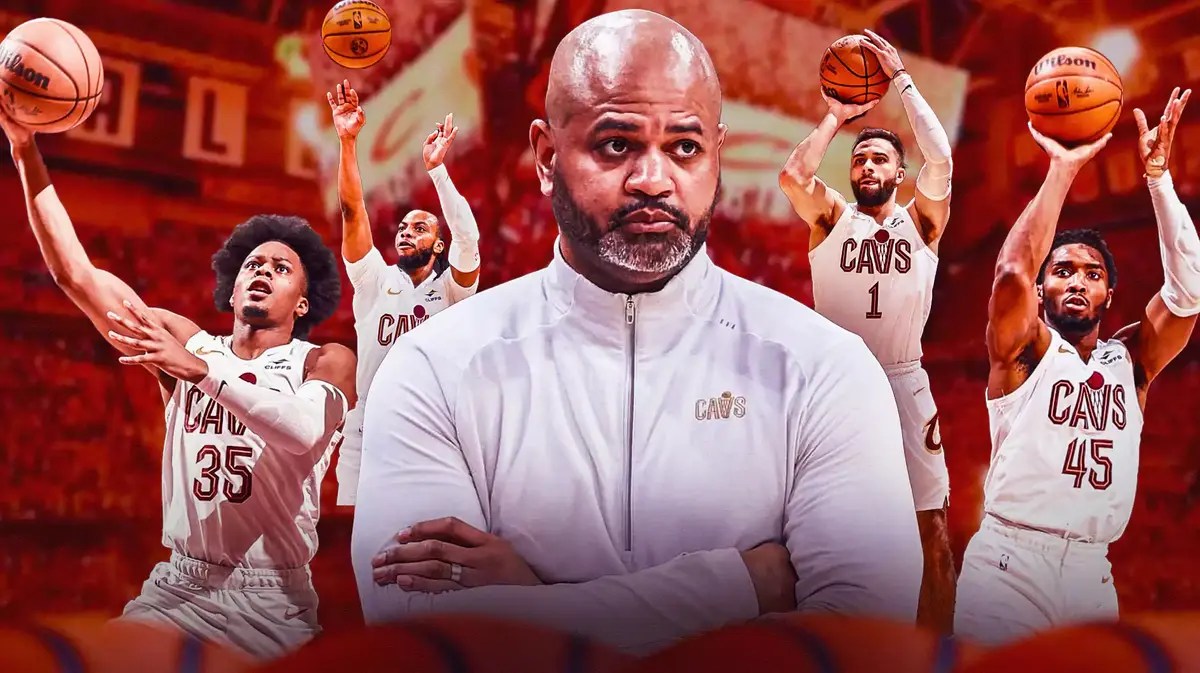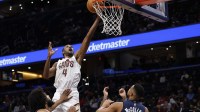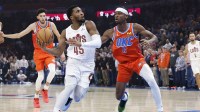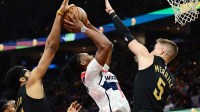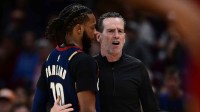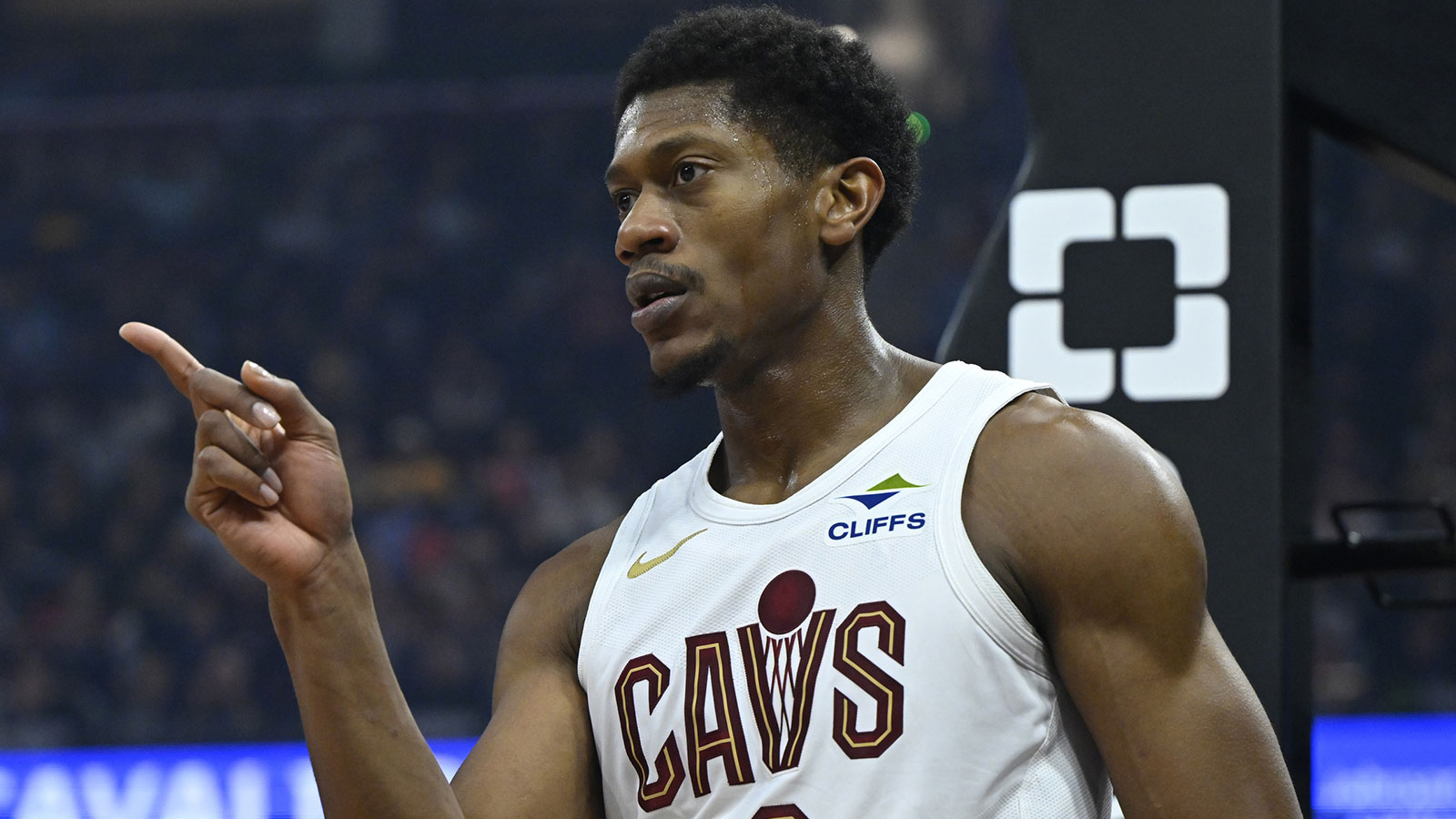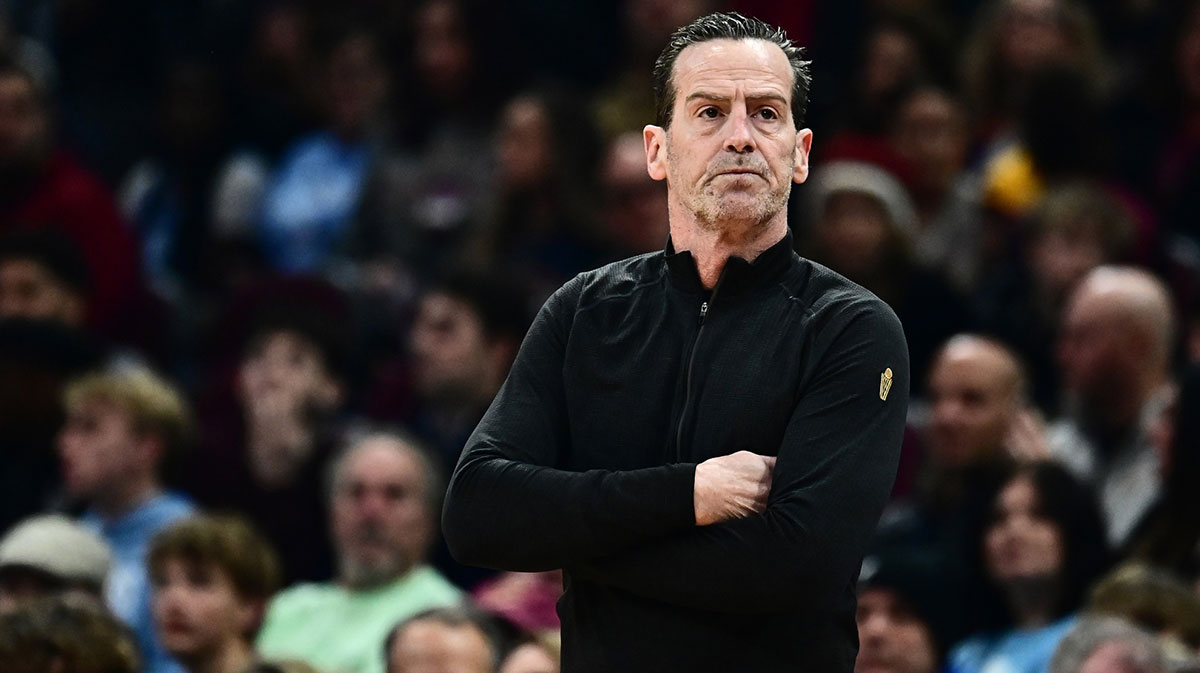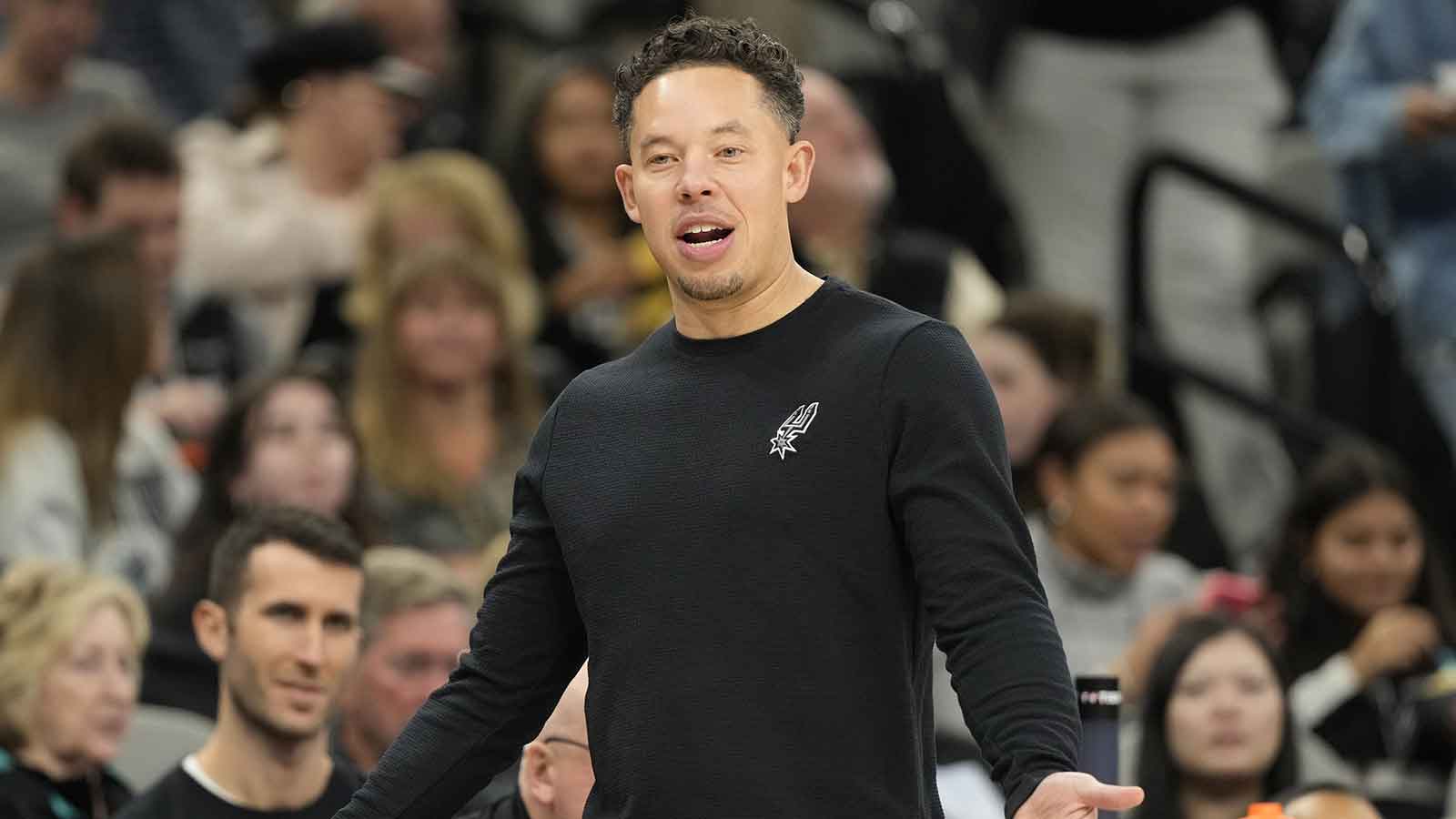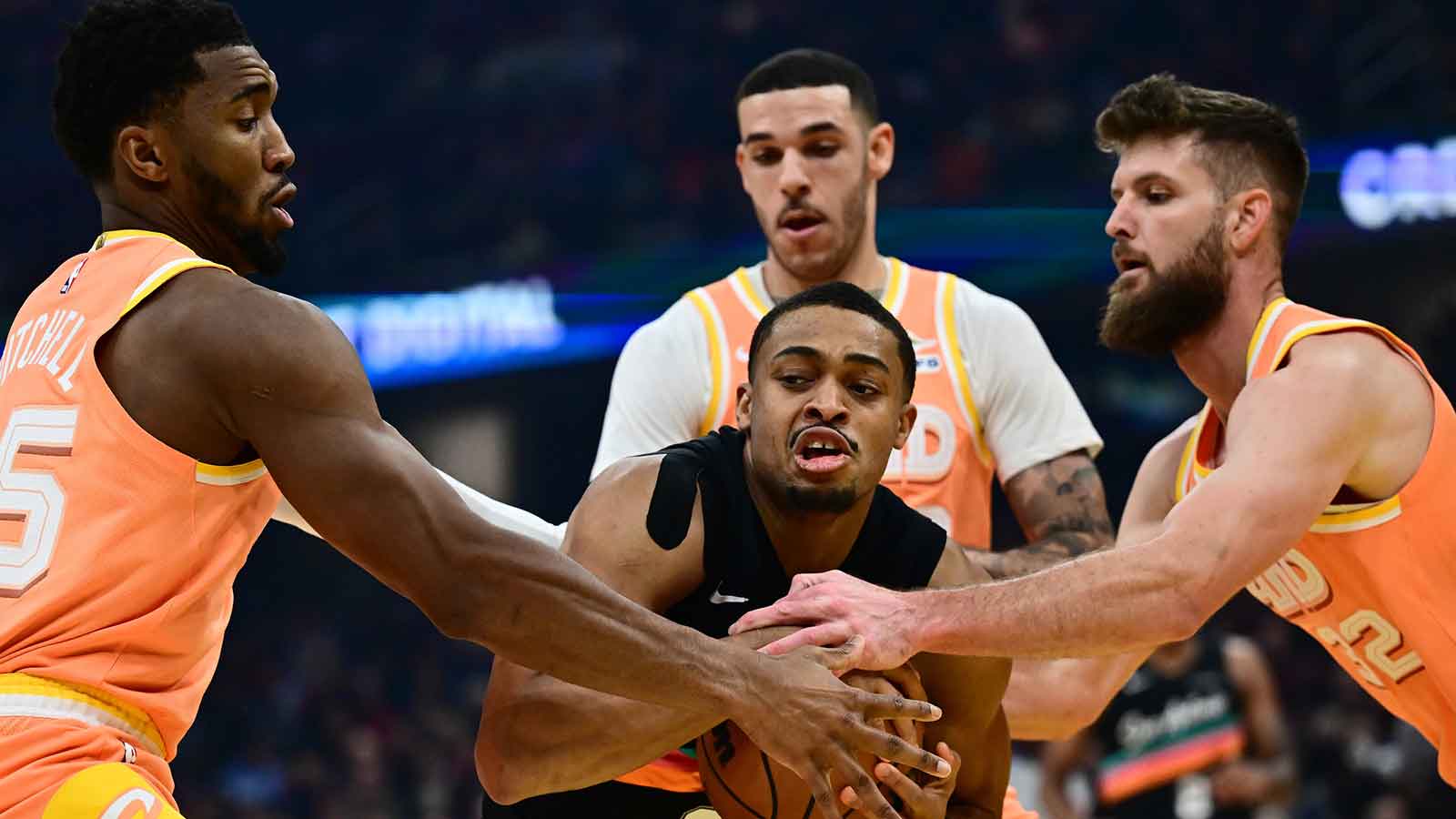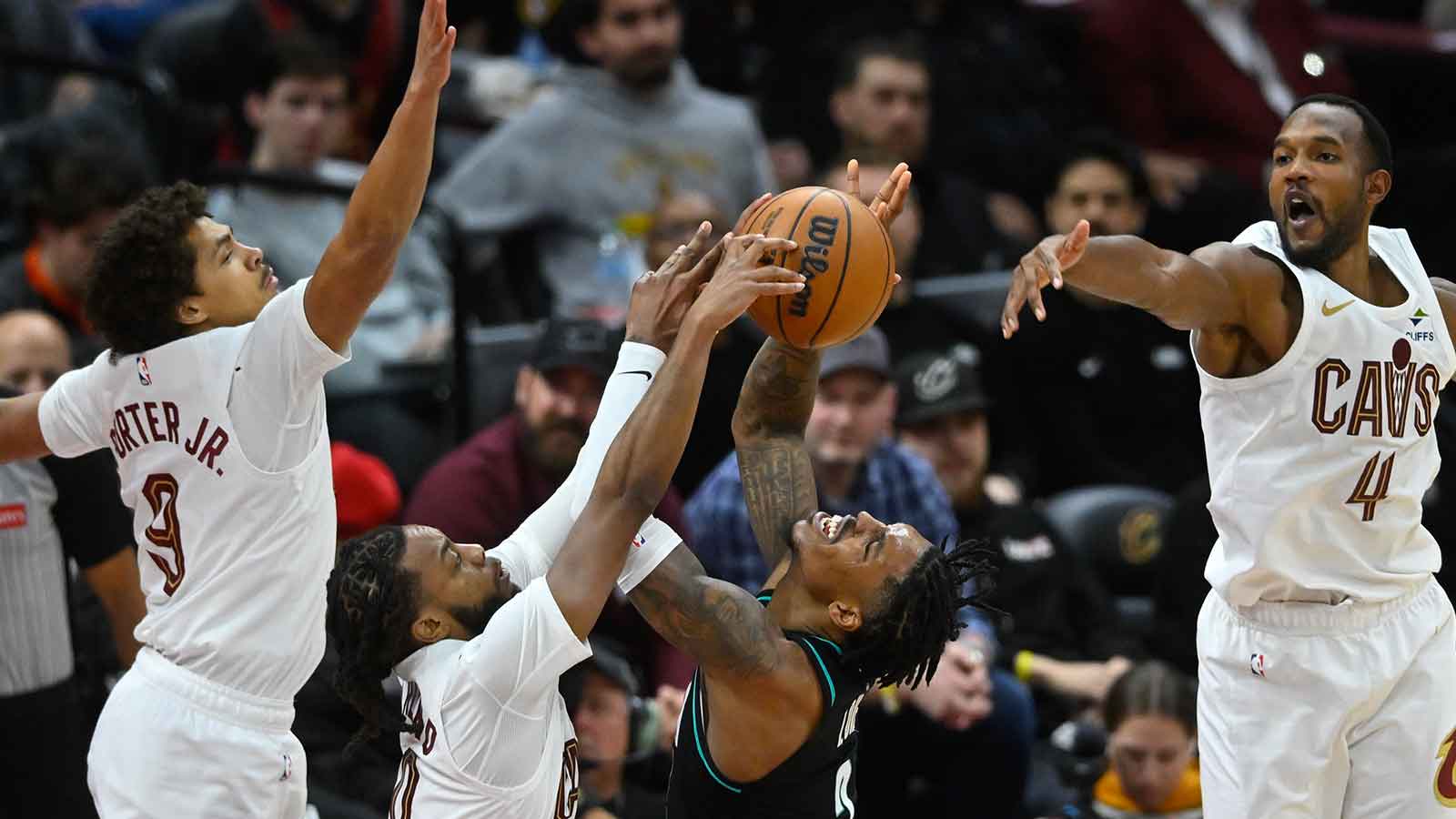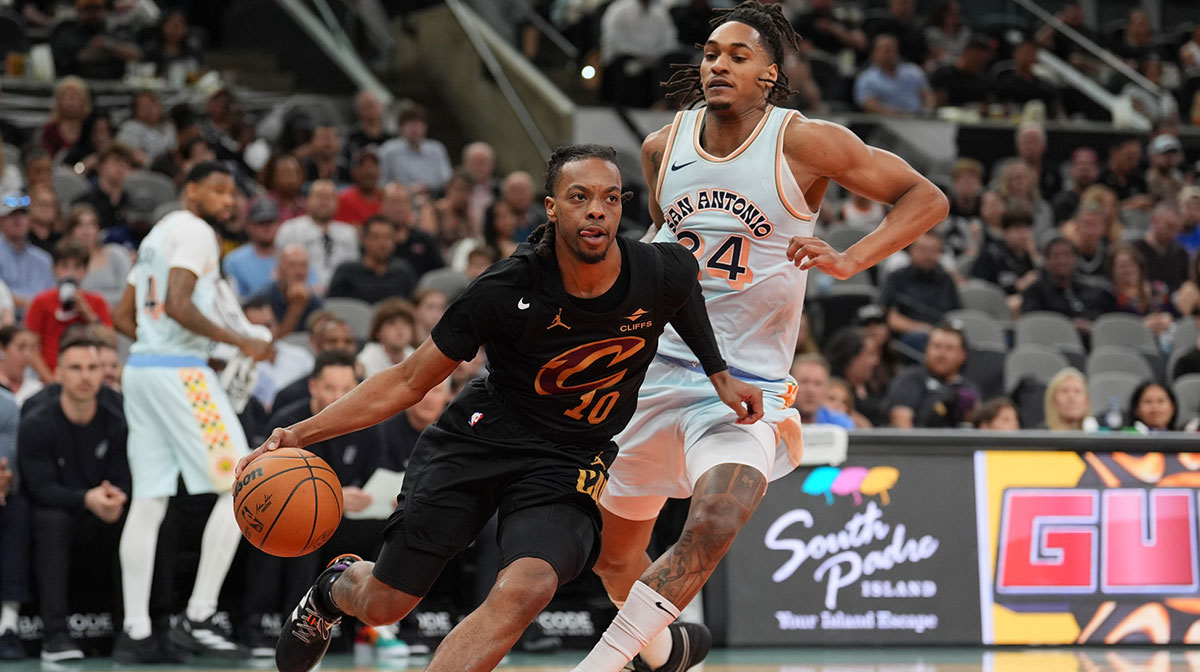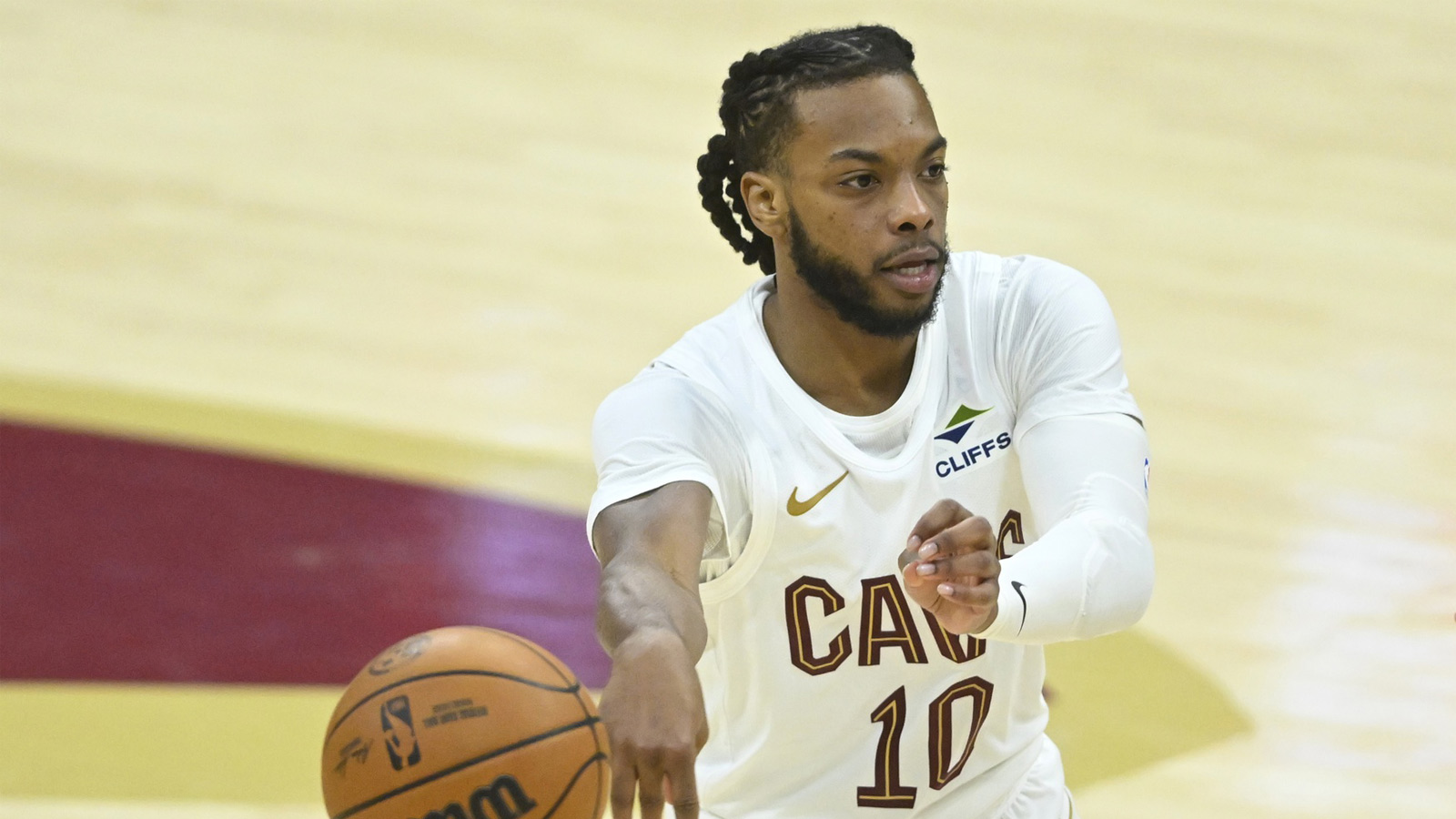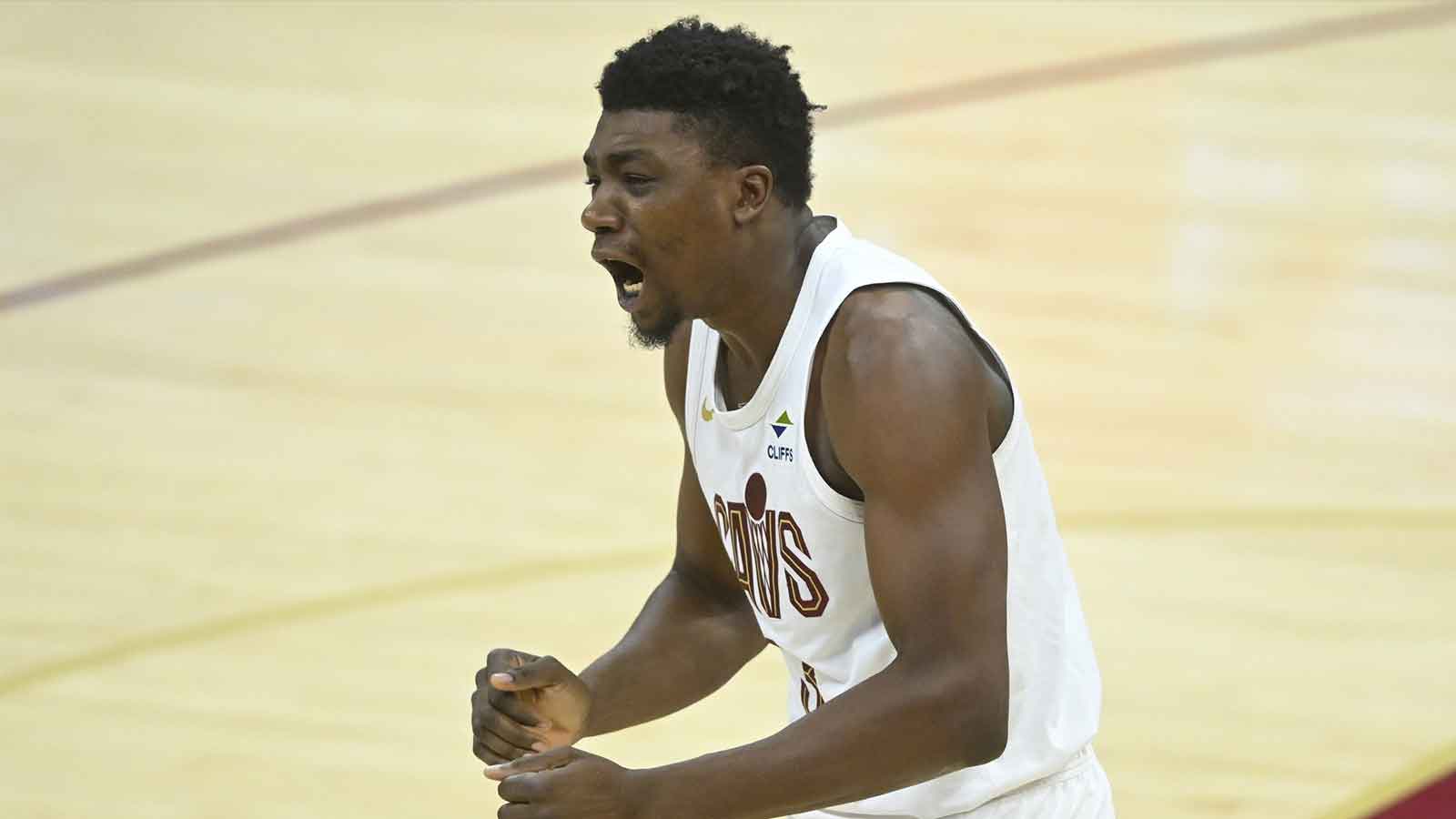Maybe the Chicago Bulls were feeling themselves on Wednesday night. Maybe defense was considered optional. Maybe the idea of the looming All-Star break was weighing on the Cleveland Cavaliers. Whatever it was, the Cavs didn't just squeak out a 108-105 win over the Bulls at home—they also got a math lesson from their play on the court.
Now, it wasn't a lesson in algebra, calculus or differential equations. Instead, it was all about variance and how Cleveland can live, or die, by the three.
Cavs diversify offense to key second-half comeback against Bulls
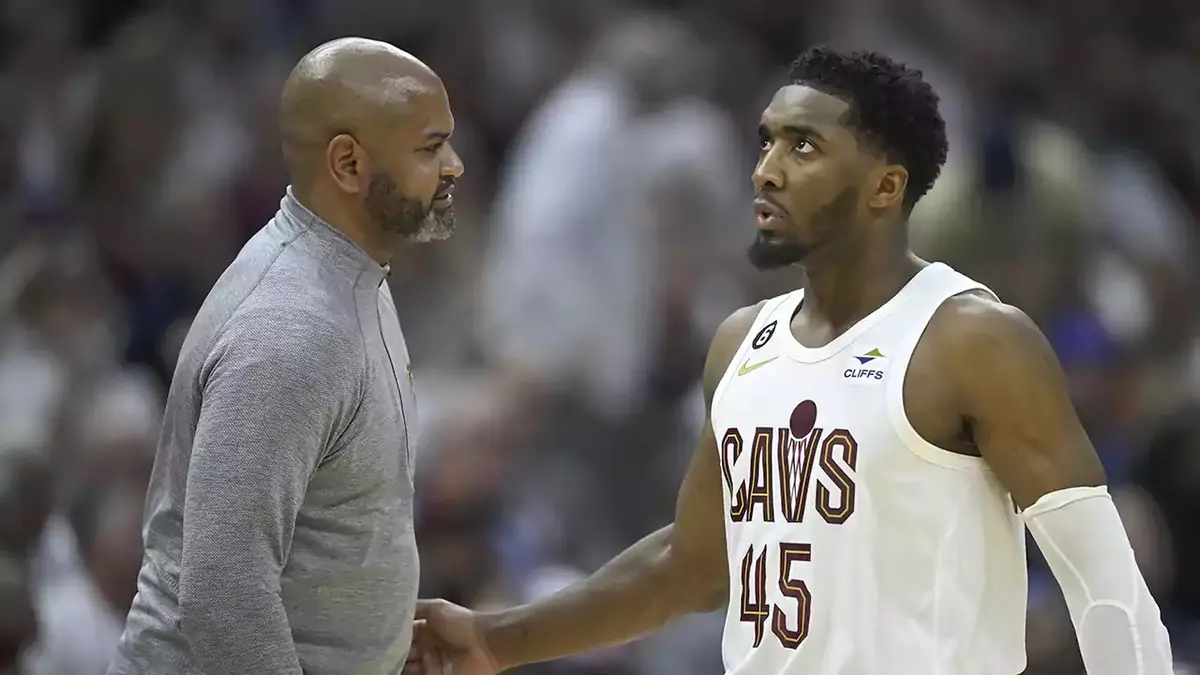
For those who don't know, the Cavs have gone through a total overhaul of their offensive identity lately, leaning much more heavily on their perimeter attack. Whether Darius Garland, Donovan Mitchell, Max Strus Georges Niang, Sam Merrill or even Evan Mobley is taking them, Cleveland has tried to increase their volume from beyond the arc.
The Cavs have averaged 39.3 three-point attempts per game since the calendar turned 2024, which would have them just behind the Sacramento Kings for the third-most three-point attempts all season long. When the shots fall, it makes everything easier for Cleveland, with the team going 17-3 since the start of the new year.
But against the Bulls, the Cavs discover the harsh reality of sometimes being too reliant on their perimeter attack, hitting only 32.4% of their 37 three-point attempts. While those numbers align with what the Cavs have averaged in terms of shooting percentage and three-point attempts since the start of 2024, they don't paint the whole picture. Cleveland took 44.6% of their total shots from three for the game, and triples accounted for more than half their attempts before intermission.
Again, with how much they've made three-point rate a priority, it makes sense why the Cavs weren't gun-shy in the first half. But when Cleveland only hits on 23.8% of them, all those three-point attempts are just empty calories, hurting the team's chances. That poor shooting caused the Cavs to fall into a 49-43 hole at halftime, forcing Cleveland to claw and scrap against a hapless Chicago team.
Thankfully, the Cavs made adjustments in the second half and became less trigger-happy. In turn, Cleveland was much more efficient from the perimeter, hitting 43.8% of their 16 attempts. The adjustments made by head coach J.B. Bickerstaff forced the Cavs to diversify their offensive attack, pulling the Bulls into defending the paint more and, with some off-ball motion and screening, dug Cleveland out of the hole they put themselves in and gave them a fighting chance in the final frame.
Heroics from Garland and Mitchell were enough to get the Cavs across the finish line and lock up the team's 19th home win of the season. But this game shouldn't have been as topsy-turvy as it was, especially considering how mediocre Chicago is compared to Cleveland.
Now that they're at the All-Star break, the Cavs can take the math lesson they just learned and perhaps not make three-point variance the lone game-deciding factor for the remainder of the year. Cleveland has a litany of weapons that can hurt opposing defenses all over the floor. Finding a healthy balance between it all and not becoming overly reliant on the three-point attack has to be a priority when the season resumes against the Orlando Magic on February 22nd. It would make the Cavs much less like a snail crawling along the edge of a razor blade and an even more lethal team on either end of the floor.

